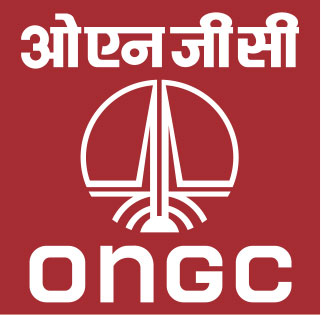Author: Randeep Ravesh , Ayaj Ahamad Ansari, Sabyasachi Mohapatra, Malay K. Das , Malcolm Lall, A.K. Misra and P. K. Panigrahi
Abstract - To estimate porosity by capturing the micro- and macro- pores in a given rock sample. Through image analysis technique, porosity is estimated by executing image thresholding for the captured backscattered electron microscope images. For this purpose, in the present study, rock core samples were obtained from KDMIPE, ONGC for two different producing Petroliferous basins. Carbonate core samples were obtained from Bombay Offshore Basin and sandstone core samples from A&AA basin. Representative rock chips from each core samples were used to obtain BSE images using FESEM technique. Images so obtained were processed and analysed in Image J software to obtain 2D porosity. A minimum of three such images were stacked to obtain 3D porosity. The porosity values so obtained through digital image analysis technique were compared with the porosity obtained using helium gas porosimeter. 2D porosity ranges from 14.543 - 45.328% for carbonates and 3.895 - 35.561% for sandstones, while 3D porosity ranges from 7.8% - 9.892% for carbonates and 3.52% - 9.75% for sandstones. The estimated 2D porosity values are found to be within the expected range while 3D porosity values are found to be underestimated when compared with estimated porosity from conventional technique. From the present study on porosity estimation using image analysis, it was found that the technique is useful in porosity estimation and is displaying significant heterogeneity in the micro level which needs further analysis to understand the role of micro level heterogeneity in terms of reservoir quality. A 25 litre autoclave has been developed for comprehensive investigation of methane hydrate formation and dissociation process. This reactor has capability to carry out pressure measurement, multipoint temperature measurements, ultrasonic measurement, dynamic gas recovery measurement and several different types of optical diagnostics studies. This autoclave facilitates design of gas recovery strategies from gas hydrate. A novel technique for forming hydrates of predetermined hydrate saturation is implemented. This technique is based on excess gas method and multi step gas injection. A mathematical expression is developed to calculate the fraction of moles utilized in hydrate formation at different stages of the hydrate formation process. Hydrate saturation at various gas injection stages is used to estimate. Furthermore, hydrate is dissociated using depressurization method. Periodic variation of pressure oscillation is observed during dissociation process indicating gas accumulation and release. The gas hydrate formation and dissociation has been successfully related to temperature distribution inside the porous media.

